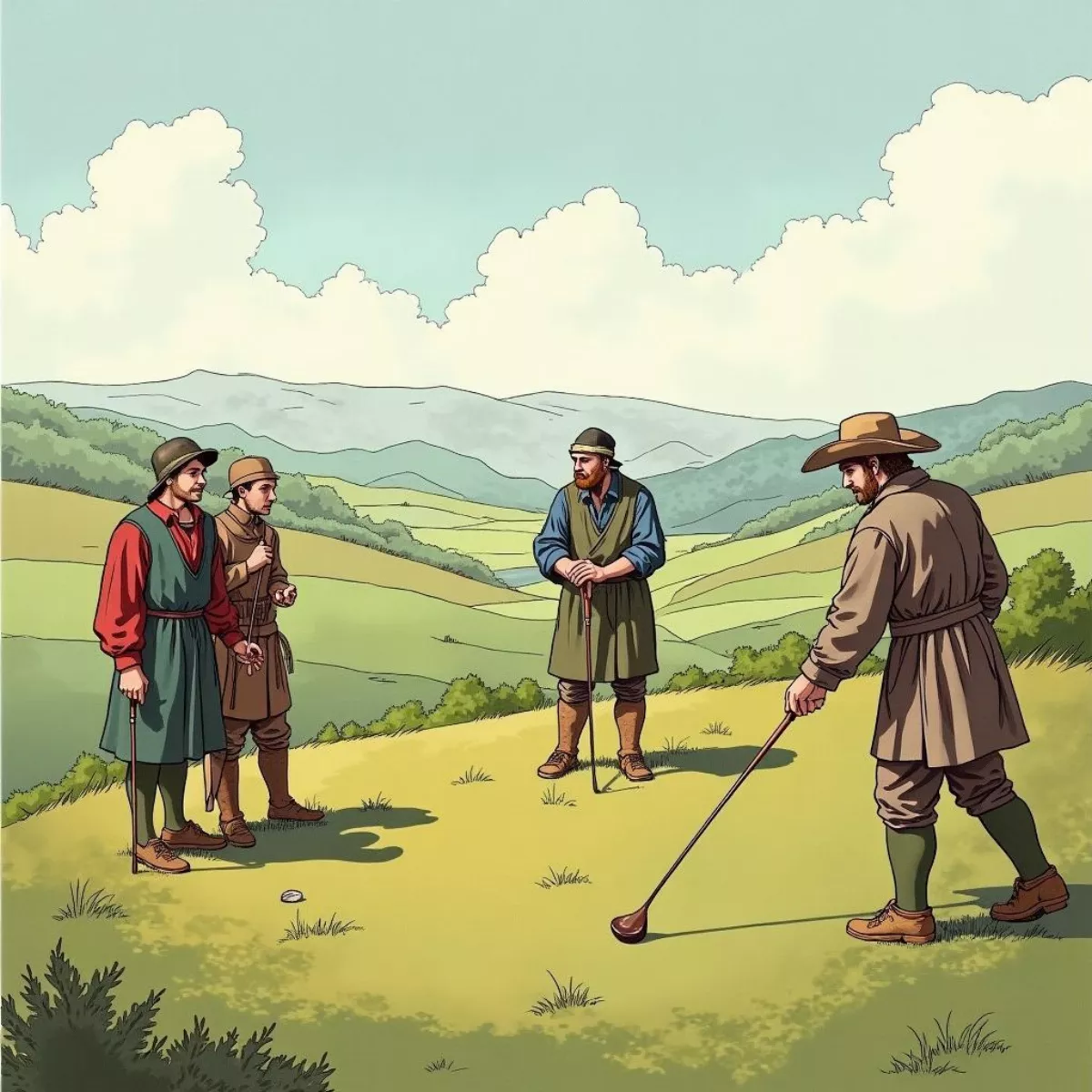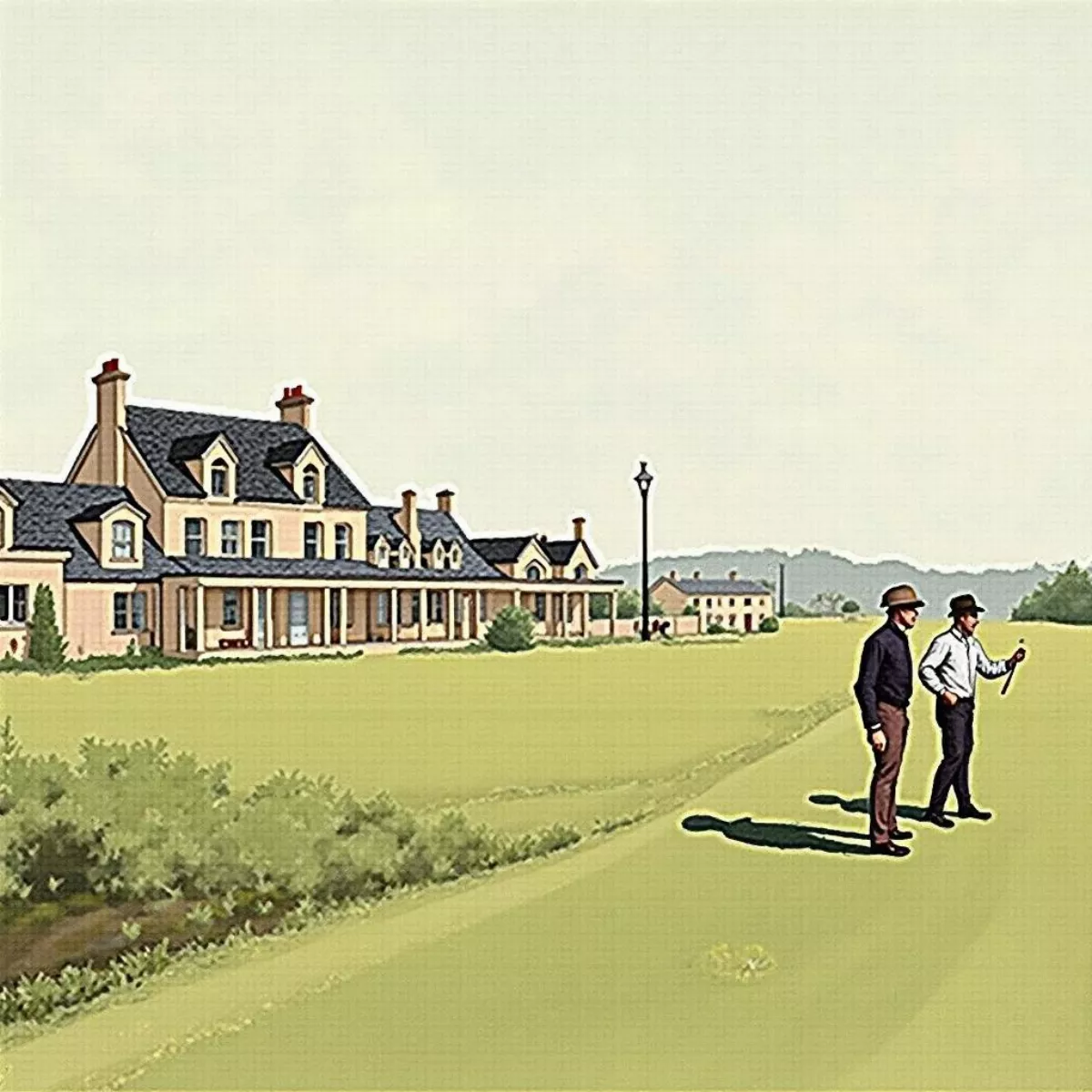Golf has long been regarded as a sport steeped in tradition. With its rich history spanning centuries, many golf enthusiasts are intrigued to learn about its origins. One frequently asked question is, “What year did the first golf open take place?” This blog post will delve into the early history of golf, focusing on the inception of the first significant golf open tournament.
The Origins of Golf
Golf is believed to have originated in Scotland as early as the 15th century, though similar games existed earlier in various forms across Europe. The game featured players using clubs to hit a ball towards a hole—varying slightly from the modern version we know today. Historical accounts suggest that a game called “gowf” (the Scots’ term for golf) was played on the links lands of Scotland.
Early References
- 1457: King James II of Scotland banned the game due to soldiers neglecting their archery practice in favor of golf.
- 1470: The ban was lifted as the sport gained popularity among nobles.
- 1502: King James IV of Scotland is said to have played a game of golf at Leith, marking the sport’s rise in status among the elite.
 Early Golf Illustration
Early Golf Illustration
The First Golf Open Tournament
The term “Open” in golf signifies that entrants are not limited to amateurs—professionals can also compete alongside amateurs. The first golf open tournament, known as the The Open Championship (often simply called the Open), took place in 1860.
These key aspects surrounding the first golf open are essential:
- Date: October 17, 1860
- Location: Prestwick Golf Club, Scotland
- Participants: 8 golfers competed.
- Winner: Willie Park Sr., who became the inaugural champion.
Significance of The Open Championship
The Open Championship was designed to create a level playing field for golfers from different backgrounds. As the first prominent golf open, it set a precedent for subsequent tournaments and shaped the future of competitive golf, paving the way for prestigious events such as the U.S. Open and The Masters.
 Prestwick Golf Club in 1860
Prestwick Golf Club in 1860
The Evolution of The Open Championship
Over the years, The Open Championship grew in size and prestige. The following are key milestones in its evolution:
- 1872: The tournament moved to Muirfield, a club founded by the Honorable Company of Edinburgh Golfers.
- 1894: The R&A (Royal and Ancient Golf Club of St. Andrews) officially recognized the event, ensuring it was governed by standardized rules.
- 1947: The Open Championship saw the introduction of prize money, marking a shift toward professional play.
The Format of Modern Opens
Today, golf opens have evolved into exciting competitions that attract thousands of spectators worldwide. The format for major opens typically includes:
- Four Rounds: Played over four days, with participants competing to record the lowest score.
- Cut Line: After the first two rounds, only the top players proceed to the final rounds.
- Top Prize: While monetary rewards have increased significantly, prestige and legacy hold significant weight in the overall hierarchy of golf tournaments.
Key Takeaways
In summary, understanding the historical significance of the first golf open can enrich your appreciation for the sport.
- The Open Championship: Initiated in 1860 at Prestwick Golf Club, it was the first tournament where professionals and amateurs competed together.
- Growth of the Sport:
- Initially met with a mix of enthusiasm and skepticism, it gradually became a celebrated tradition in the golfing world.
- Format of Modern Opens: Knowledge of how tournaments function today allows fans to engage more deeply with the events.
FAQ Section
Here are some frequently asked questions regarding the first golf open tournament:
- What is the Open Championship?
- The Open Championship, also known simply as The Open, is one of the four major championships in professional golf and is the oldest golf tournament in the world.
- Why was The Open Championship first held?
- The tournament was established to create a platform where golfers could compete fairly, regardless of their amateur or professional status.
- Who is Willie Park Sr.?
- Willie Park Sr. was a Scottish professional golfer who won the first Open Championship in 1860 and played a significant role in the development of the sport.
- What is the significance of Prestwick Golf Club?
- Prestwick Golf Club is notable for hosting the first Open Championship, making it a historic site for golf enthusiasts.
- How has The Open Championship changed over the years?
- The Open has evolved significantly in terms of prize money, global viewership, and the field of participants, which now includes numerous international players.
- Is there an Open Championship for women?
- Yes, there is a Ladies’ Open Championship, which was established similarly to promote women’s golf.
- What are the other major golf championships?
- Other major championships include the U.S. Open, The Masters, and the PGA Championship.
- Where can I watch The Open Championship?
- The Open Championship is broadcasted on various sports networks and platforms, including ESPN and the Golf Channel.
- How does someone qualify for The Open Championship?
- Qualification can happen through various avenues, including performance in other tournaments and regional qualifiers.
- Why is golf considered a sport of tradition?
- Golf boasts a rich history of customs and etiquette, with traditions bound in the very fabric of its gameplay.
As golf enthusiasts, understanding the roots of the sport, especially regarding its tournaments, shines a light on its evolution and growing popularity around the world. Whether you’re playing a round of golf or tuning into a major championship, the history enriches your experience.
For further explorations into golf’s fascinating history, be sure to check our other articles on related topics!

